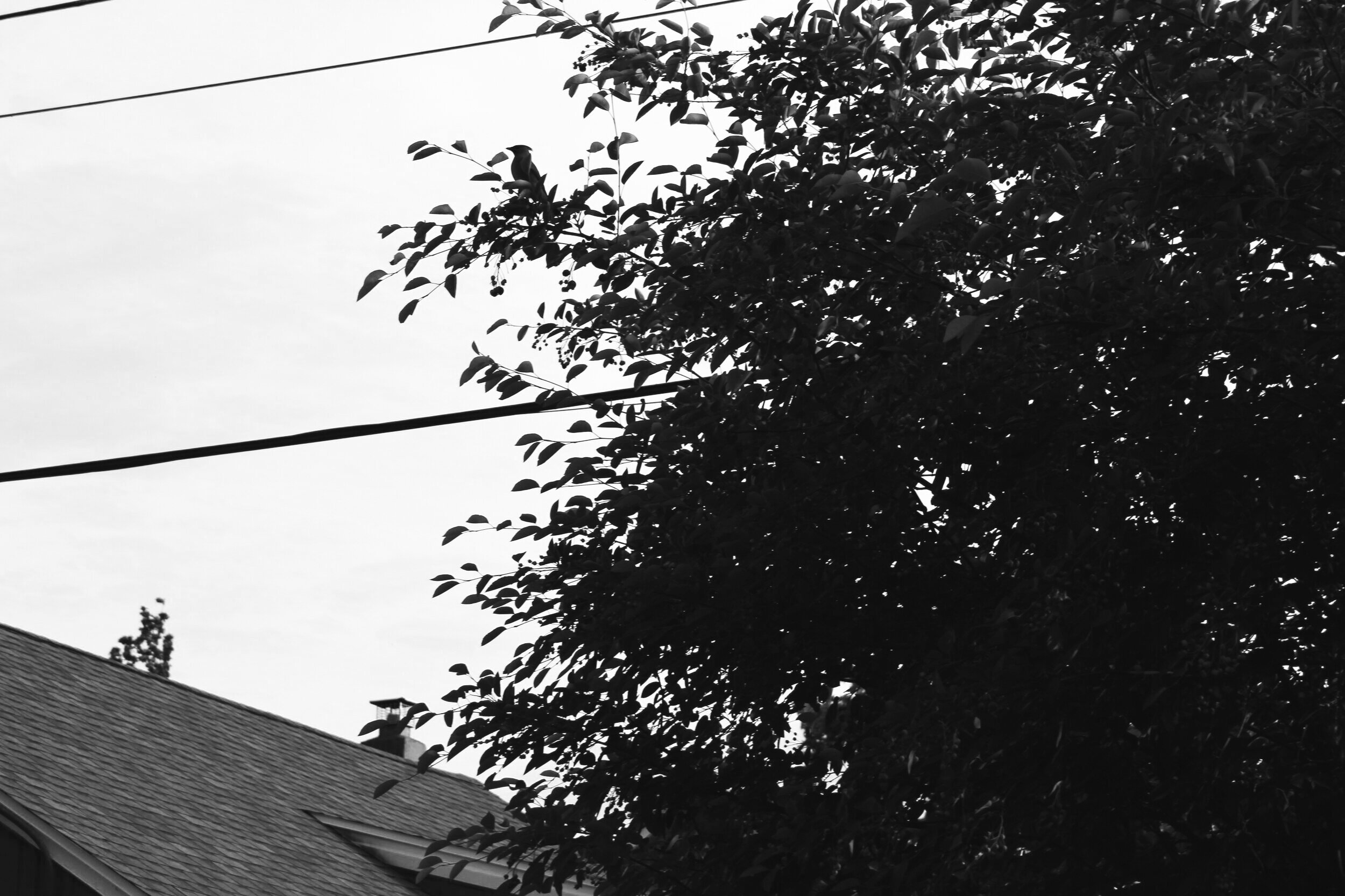About You:
Waxwing EcoWorks Co. customers are diverse in their eco-gardening project needs. How do these questions spark a connection for you?
- Do you want to mow less and observe more butterflies, bees, birds, and year-round interest?
- Do you feel a sense of urgency to make an eco impact where you live, work, play, learn, or worship?
- Do you have a plan for an ecological gardening project but just don’t know how to start?
- Does your school need to meet PA STEELS standards and need environmental education programming?
- Do you need a speaker for your group or conference to actively engage your community in ecological gardening practices?
Explore the Ecological Gardening or Environmental Education Services to learn more about how we can collaborate on your next eco project or event!
About The Waxwingers:
The Waxwing mission is mighty and is made possible by many hardworking humans, like you!
The Waxwing team guiding this work is composed of uniquely experienced individuals, allowing us to provide a broad spectrum of services to the community ranging from; designing resilient native plant communities, engaging youth in schoolyard habitats, providing Spanish translations to our urban participants, and facilitating educational programming on edible/medicinal native plants!
From Left to Right: Rita Tomasetti (Ratibida “t”), Donna Volles (Monarda didymadonna), Elyse Jurgen (Juniperus jurgeniana), and Laura Newcomer (Kalmia newcomerium)
About Our founder:
Elyse Jurgen, owner of Waxwing EcoWorks Co., is a community collaborator working to rebuild ecological literacy and biodiversity through hands-on ecological gardening experiences in South Central PA.
She is certified as a Chesapeake Bay Landscape Professional and Ecological/Permaculture Designer, along with earning an Ecological Gardening Certification from Mt. Cuba Center. In addition to her ecological design skills, she holds a Master’s Degree in Environmental Education, 7-12 Biology Teaching Certification, and participated in Cornell University’s Civic Ecology program.
Elyse’s love for rekindling the human-nature connection stems back to nature journaling in her 5th grade class woodland biome and as a high-schooler, volunteering to clean-up the Codorus Creek. These experiences, along with her family’s love of exploring National Parks, planted the seeds to later study Biology and Environmental Studies. Studying abroad in South Africa’s Cape Floristic Region, revealed the promise of community-based conservation. As a former urban middle school educator, Elyse infused this concept into her teaching, engaging Lancaster’s urban youth through a design thinking challenge to solve their schoolyard’s stormwater issues, which now serves as an outdoor living laboratory.
Elyse’s ecological design skills along with her unique timeline of experiences sparked a strong sense of responsibility to engage more people in restoring their local environment, leading to the formation of Waxwing EcoWorks Co.
ABOUT THE WAXWING:
On a June morning, an “ear-full” or a “museum” of Cedar Waxwings visited my small urban backyard to snack on some freshly ripened serviceberries- the first native tree I chose to plant in my little piece of the planet. They are elusive birds, rarely spotted in the wild, much less in a humble urban lot. To my surprise, they remained for days… then weeks, sharing the delectable berry feast with the hungry squirrels and catbirds, leaving plenty for me to preserve.
During the weeks observing the Cedar Waxwings, I felt a deep sense of urgency that all people should have this experience, through simply rethinking how we design our backyards, schoolyards, and other human spaces… no matter how small, into native habitats; spaces for wildlife to find food, water, shelter, and places to raise young (host plants, etc.). Each enlivened landscape, connects to create a mosaic of viable habitat for wildlife to thrive. Together, we rebuild biodiversity, our sense of place, and connection to each other and the cohabitant creatures on this planet.
There are endless opportunities awaiting us right now in our backyards, commercial lots, parks, and schoolyards! Start small with one small action of planting a Serviceberry tree, and you too may be gifted with an “ear-full” of Cedar Waxwings, or a diversity of other winged wildlife, like Buckeye Butterflies or the fun disguise of Syrphid Flies.
In gratitude,
Elyse Jurgen, Owner of Waxwing EcoWorks Co.
ABOUT OUR PROCESS:
Whether the ecological gardeners are a group of 40 fourth graders or a single landowner, Waxwing uses our 5’s Ecological Gardening Framework to engage participants in the process.
EMPATHIZE with clients of the space (bees, butterflies, salamanders, grandchildren, your personal needs, etc.)
EVALUATE Site Conditions (hydrology, human circulation, existing vegetation, sun/shade analysis, soil, etc.)
Design for ECOSYSTEM SERVICES (regulating, cultural, provisioning, and supporting)
Plant Local ECOTYPES for All Seasons (emphasis on selecting plants that are adapted to our ecoregion)
ENJOY the Process! (habitat building is all about the journey, not the destination)
WAXWING’S MISSION IS FUELED BY THE SCIENCE OF FOOD WEBS.
At the base of all ecosystems are plants that are eaten by insects, which in turn fuel other charismatic critters like birds, mammals, reptiles, and amphibians. Building BIODIVERSITY is vital for creating resilient ecosystems that can sustainably provide the vital services needed for a functioning planet. What we plant in our spaces MATTERS. Using native plants in our landscapes supports this energy transfer, allowing species big and small to survive. Learn more about this food web activity by exploring National Wildlife Federation’s Access Nature.
How is your backyard, schoolyard, neighborhood sidewalk strip, or business landscape CONTRIBUTING to this vital food web?












